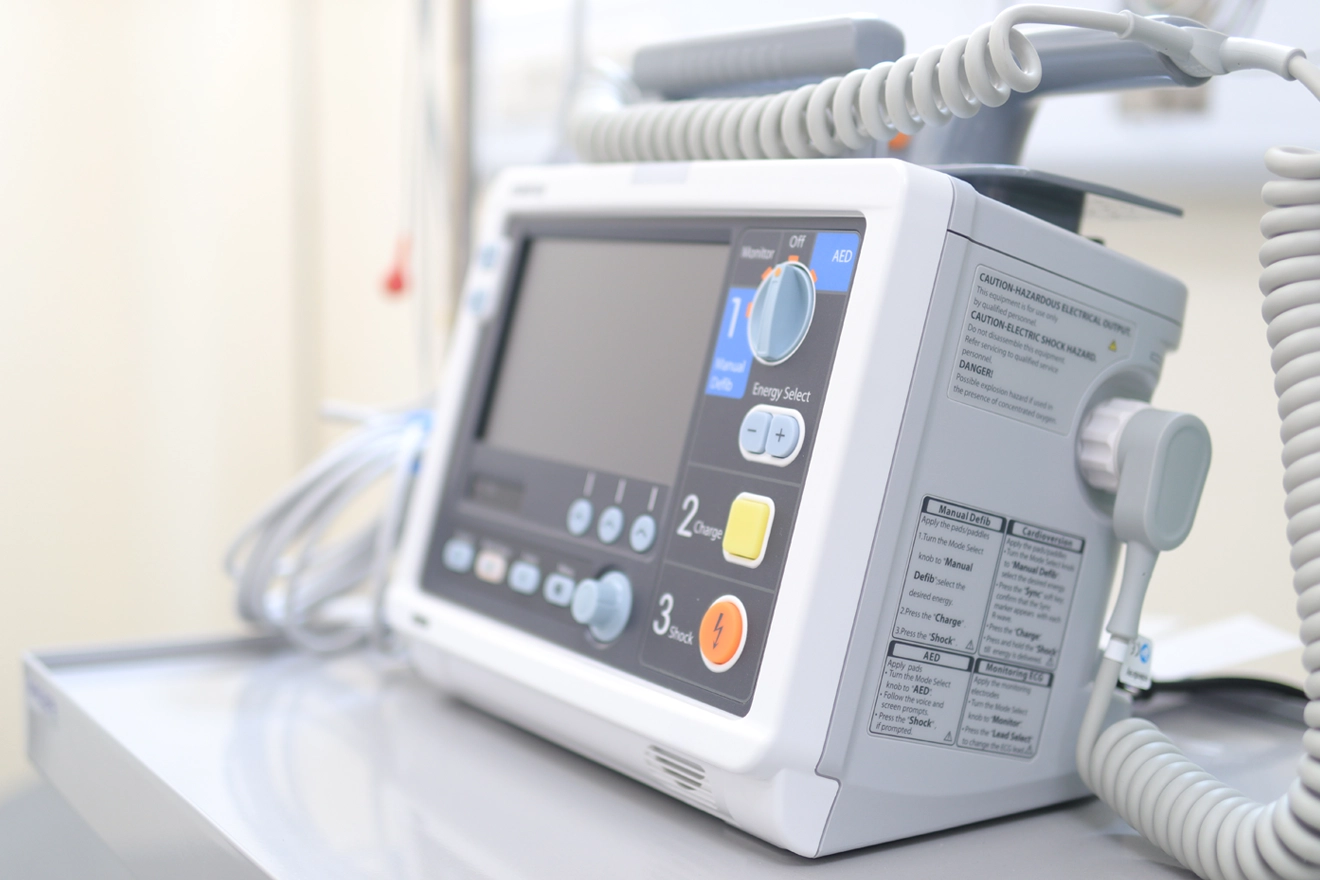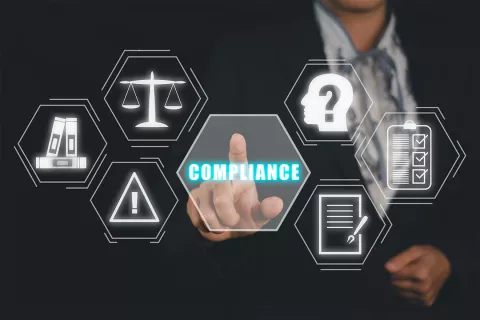
A list of medical devices that fall within the Class A, Class B, Class C, and Class D categories were included in the 2017 New Medical Device Regulations (MDR). Based on the level of risk they pose, Class A and B devices are categorized as low-risk and moderate-risk devices, respectively, whereas Class C and D devices are classified as high-risk and extremely high-risk devices, respectively. To be approved for a manufacturing license in India, manufacturers of Class C and D devices must submit an application to the Central Drugs Standard Control Organization (CDSCO). The CDSCO must receive and process applications for the issuing of import licenses (for the import of devices into India) of all devices under the Drugs and Cosmetics Act 1940.
Transition Timelines for Class C and Class D Device Registrations
For the transition to the licensing system, a transition period of 42 months from the day the New Medical Device Regulations, 2020 (GSR 102[E]) took effect from April 1, 2020, and was made available for non-notified Class C and D devices. Beginning on October 1, 2023, all Class C and D devices will be subject to licensing requirements under the category of non-regulatory medical devices.
All Class C and Class D medical devices that have not been notified are presently required to register online, and this requirement is in effect until October 1, 2023. The importer/ (Indian Authorized Agent)IAA must submit the technical file to the Regulatory authority. Upon submission, a registration number unique to the device will be generated, which must be printed on the device label when placing it on the market. At this stage, the importer must also print the file number on the device label.
To receive a license by October 1, 2023, for Class C and D devices, the application for manufacturing/import licenses must be submitted to the CDSCO by the end of March 2023, considering the CDSCO’s 5–6 month review and granting process. It is urged that all medical device manufacturers start putting together the applications for manufacturing/import licenses for Class C and D devices in order to continue marketing their products in India.
Required Certificates for the Class C and D Device Registration
Class C and D devices are more complex; thus, their Regulatory requirements are more stringent. The following list includes a few documents required to register a device with CDSCO:
- Free Sales Certificate from the country of origin
- ISO 13485 certificate
- Product information
- Power of Attorney (POA)
- Design Master File (DMF) and Plant Master File (PMF)
- Declaration of Conformity (DOC)
- Certificate of Analysis (COA)
The process of registering medical devices with CDSCO is a time-consuming and complex one. The amount of time required to register Class C and D devices can vary, depending on the complexity of the device. However, manufacturers can guarantee a smoother and quicker registration procedure by adhering to Regulatory standards and submitting complete and accurate information.
Consult our Regulatory specialists, who can walk you through the procedure and ensure that you comply with the regulations for device registrations with CDSCO.









